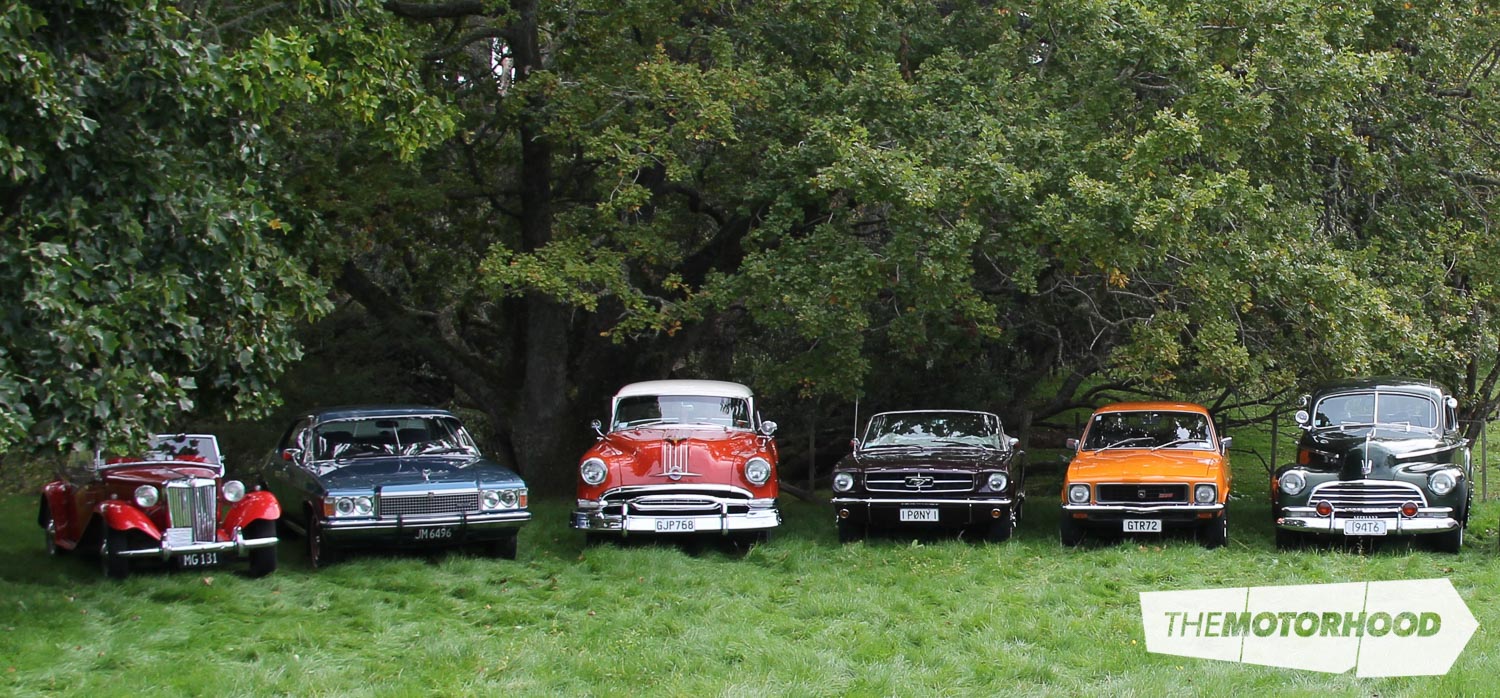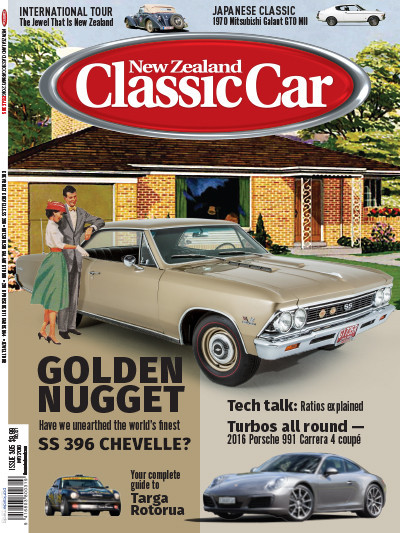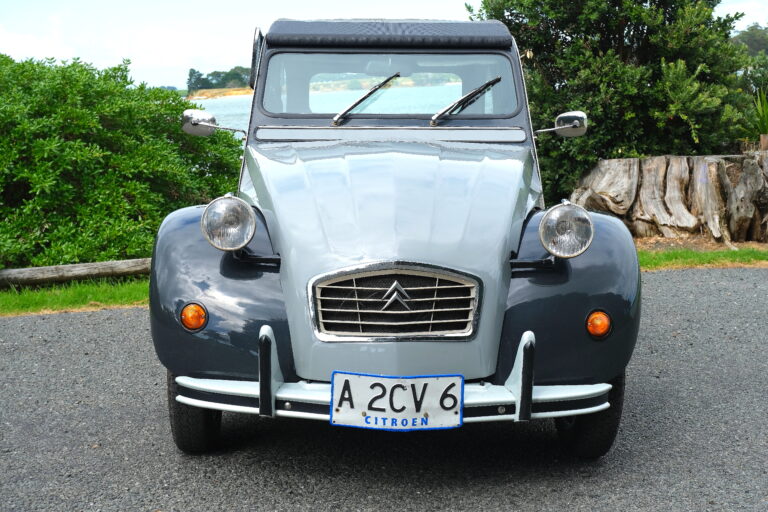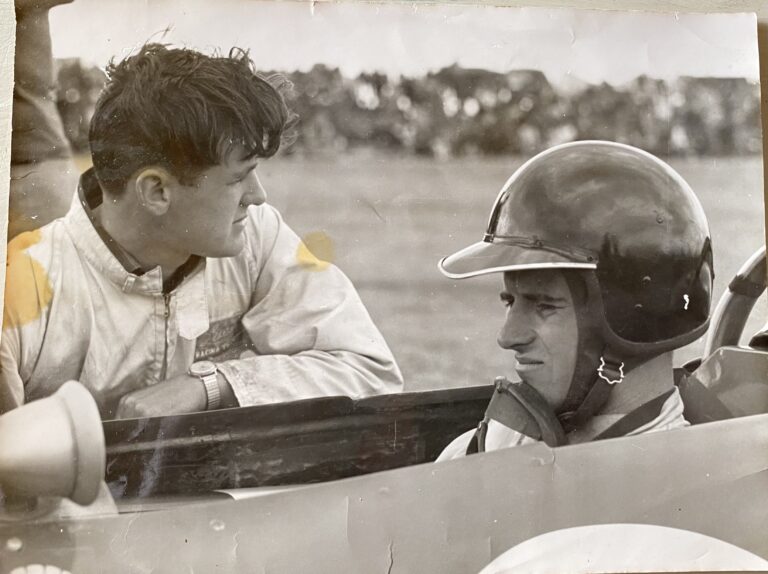The Auckland Veteran and Vintage Car Club was established in 1954. The club is affiliated to the New Zealand Vintage Car Club, along with 35 other branches, and enjoys a nationwide membership of approximately 8500, with the Auckland branch having 658 members. The clubrooms are situated at 39 Fairfax Avenue, Penrose, and are open every Thursday from 7pm to 10.30pm, and every Saturday from 4pm to 7pm. The clubrooms are licenced, so a convivial atmosphere generally prevails. The third Thursday of the month is club night, and the club usually has an invited guest speaker.

The club has a 30-year rule that allows all types of motor vehicles up to 1986 (30 years old) to participate in club events. Within the club, there are motorcycle, commercial, and stationary engine groups.
Each month, there is a run to a place of interest, and, in addition, there is the option of attending events at other branches. Membership entitles you to six bi-monthly publications of Beaded Wheels magazine, and a monthly Auckland-branch bulletin. The club has an extensive library, with most books being able to be borrowed.

Recently, the club has experienced an increase in later-model vehicles being introduced and used in club events, and its members sincerely hope this trend continues.
This article originally appeared in the May 2016 issue of New Zealand Classic Car (Issue No. 305). Grab a print copy or a digital copy of the mag below:






